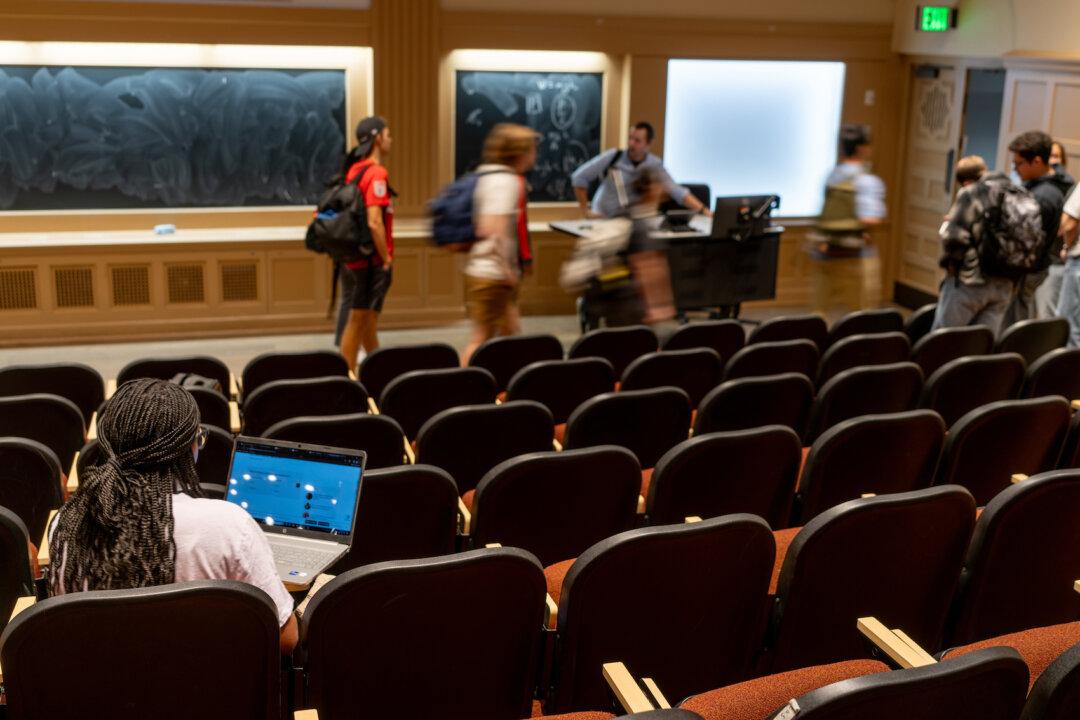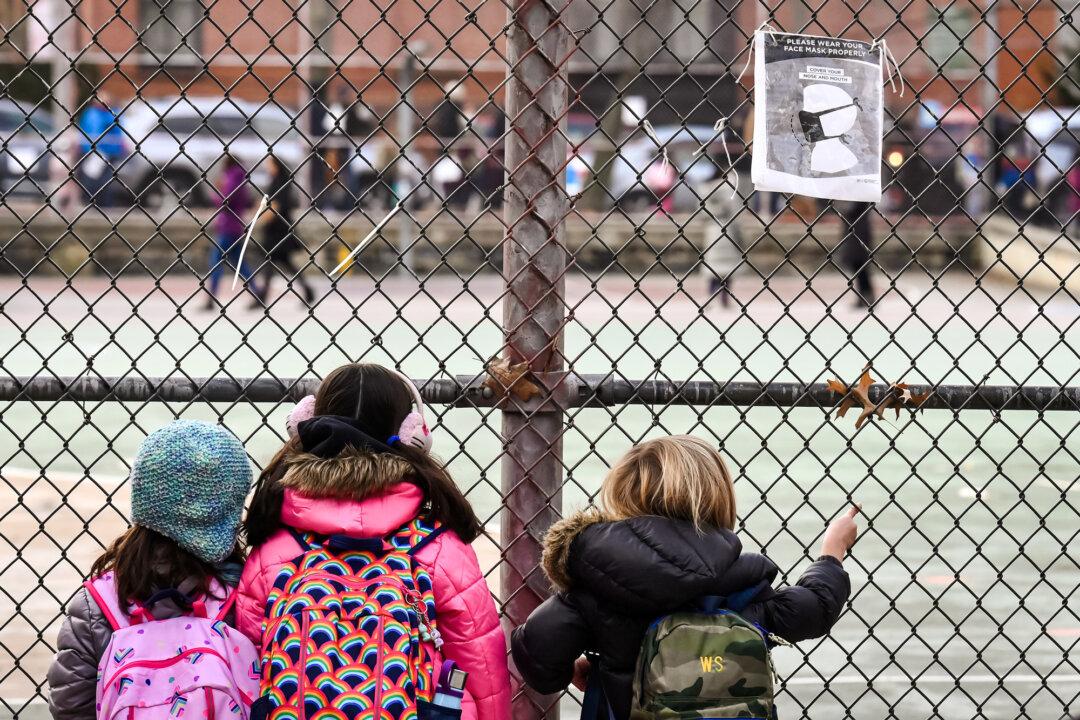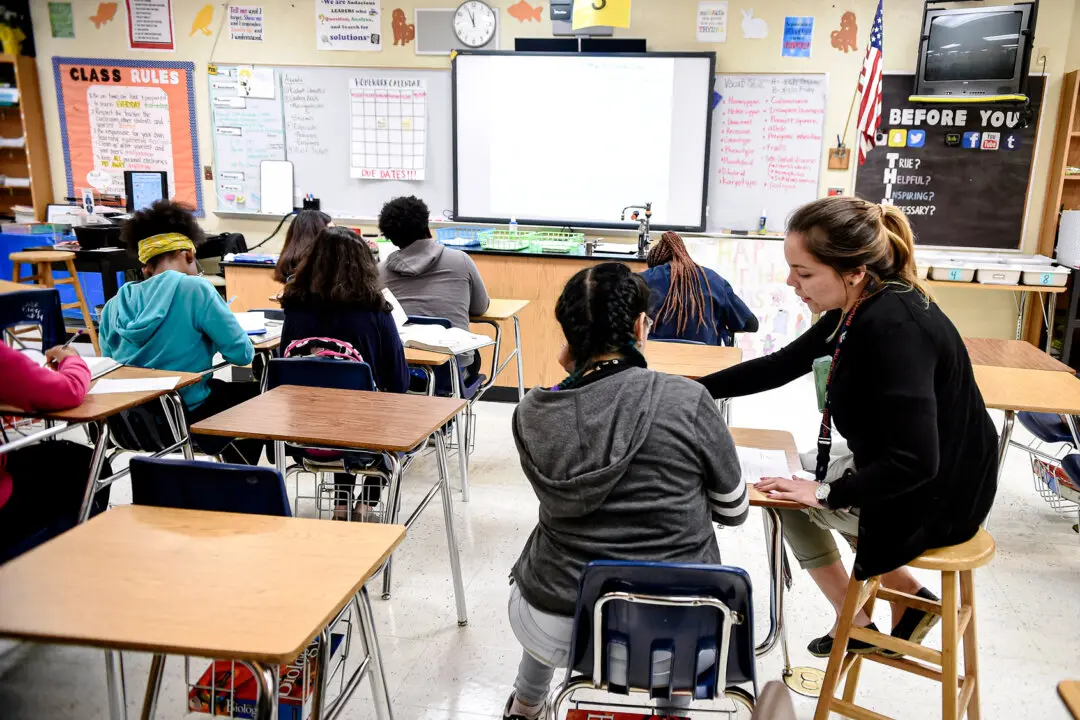With a decline in college enrollment nationwide, higher education institutions are increasingly targeting another demographic—the tens of millions of adults who didn’t complete their college studies.
Higher education leaders say incentives are in place across the country to get these past students back in the classroom—whether full time or part time, online or in person—as the 2024–2025 academic year gets underway.





